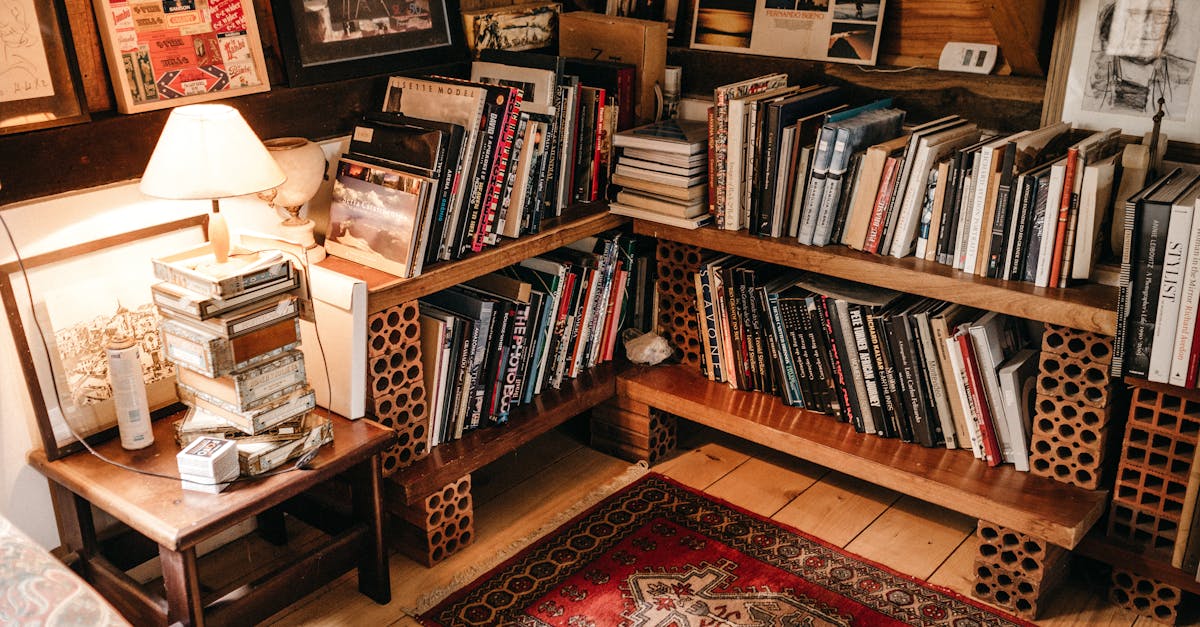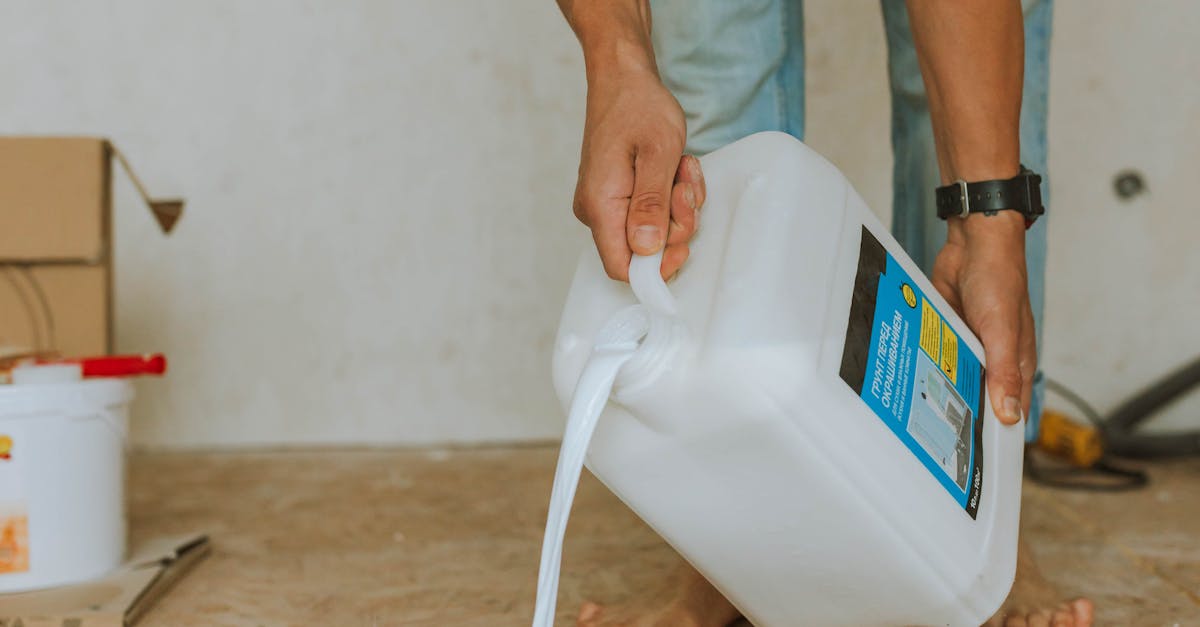
Regional Price Differences
The cost of carpet installation can vary significantly across different regions of the United States. Urban areas tend to have higher prices due to a greater demand for flooring services and increased labor costs. For instance, cities like New York and San Francisco may charge premium rates, while smaller towns and rural regions often feature more competitive pricing. Local supply chains and the availability of carpet materials also contribute to these disparities, affecting final installation costs.
In addition to geographic location, economic factors such as cost of living play a crucial role. Areas with a higher cost of living usually require higher wages for installers, which translates into increased labor charges for carpet installation. Homeowners should also consider local market trends when budgeting for their projects since demand fluctuations can lead to price shifts. Understanding these regional differences is essential for effectively planning a carpet replacement in any specific area.
How Location Affects Carpet Costs
Various regions across the United States experience significant disparities in carpet costs. Urban areas often showcase higher prices due to increased demand and the higher cost of living. Conversely, rural locations may present more affordable options, driven by lower overhead expenses and less competition among suppliers.
Local labor rates play a critical role in determining the price of carpet installation. In areas where labor is in high demand, contractors may charge a premium for their services. Meanwhile, regions with a surplus of installers may offer lower rates, making it essential for homeowners to consider their local market when budgeting for carpet installation projects.
Tips for Budgeting Your Carpet Project
Creating a solid budget for your carpet project starts with research. First, gather quotes from several local suppliers and contractors. This step provides a clearer picture of the average cost for materials and labor in your area. Consider the different types of carpet and padding available, as these can vary significantly in price. Additionally, pay attention to the costs associated with Carpet Installation, which can include moving furniture and any necessary floor preparation.
Once you have a good understanding of the potential expenses, it is wise to create a detailed expense list. Include not just the cost of the carpet and installation, but also factors such as taxes, delivery fees, and any extras like underlayment or enhanced padding. Having a comprehensive list helps ensure that there are no surprises down the line. This practice is essential in managing your budget effectively and allows for adjustments if certain aspects become more costly than anticipated.
Creating a Detailed Expense List
When preparing to replace carpet in a 10x12 room, creating a detailed expense list is essential for effective budgeting. Begin by outlining the primary costs, including the price of the carpet itself, padding, and any additional materials needed. Carpet installation fees can vary by region and contractor, so it's important to gather quotes from multiple sources. Don't overlook the need for potential subfloor repairs or removal of old carpet, as these can impact overall costs.
In addition to material expenses, factor in accessories that may enhance the overall project. This includes transitions, trim, and underlayment options. If you plan on hiring professionals for carpet installation, be sure to evaluate their credentials and prior work. Taking the time to compile these details will give you a clearer picture of the total investment required for your carpet replacement project.
The Impact of Room Size on Cost
The size of a room plays a significant role in determining the overall cost of carpet installation. A 10x12 room, for example, requires a specific amount of carpet material, which influences pricing based on square footage. Larger rooms naturally demand more material, leading to higher costs. Additionally, installers may charge per square foot, meaning that as the dimensions of the space increase, labor costs can also rise due to the extra time and effort required.
In contrast, smaller rooms may present an opportunity for more cost-effective carpet options. While the per-square-foot charge remains constant, the total amount of carpet needed decreases, potentially allowing homeowners to explore higher-quality materials within their budgets. It is essential to consider that room layout and shape could further impact the choice and cost of carpet installation, as unique configurations may lead to increased waste or more complexity in the installation process.
Why Room Dimensions Matter
Room dimensions play a crucial role in determining the overall cost of carpet replacement. A 10x12 room offers a manageable square footage, but any variation in size will directly affect the amount of carpet needed. Larger rooms require more materials, which increases both the cost of the carpet itself and the labor associated with carpet installation. This basic metric can significantly influence budget planning for homeowners looking to replace their flooring.
Additionally, the shape of the room can pose implications on the installation process. Irregular or oddly shaped rooms may lead to increased labor costs, as installers typically spend more time measuring, cutting, and fitting the carpet to suit unique spaces. By understanding how these aspects relate to overall costs, homeowners can make more informed decisions when budgeting for carpet installation.
FAQS
What is the average cost to replace carpet in a 10x12 room?
The average cost to replace carpet in a 10x12 room typically ranges from $800 to $1,500, depending on the carpet material and installation fees.
How does the type of carpet affect the overall cost?
The type of carpet significantly impacts the cost; higher-quality materials like wool or premium synthetic fibers can increase the price, while standard nylon or polyester options tend to be more budget-friendly.
Are there additional costs to consider besides carpet purchase?
Yes, additional costs may include padding, installation fees, removal of old carpet, and any necessary floor repairs, which can add up to the total project cost.
How can I save money on carpet replacement for a 10x12 room?
To save money, consider shopping during sales, choosing mid-range carpet options, or opting for DIY installation if you have the skills and tools required.
Do regional differences really affect carpet prices?
Yes, regional price differences can affect carpet costs due to varying labor rates, material availability, and shipping costs, so it’s important to research local pricing in your area.
